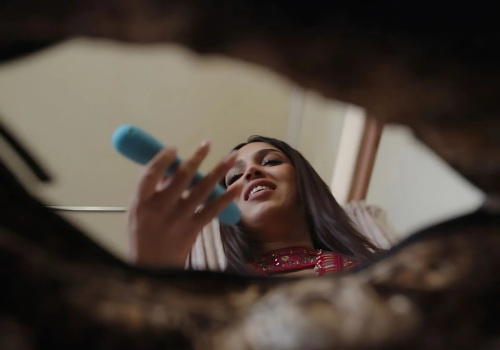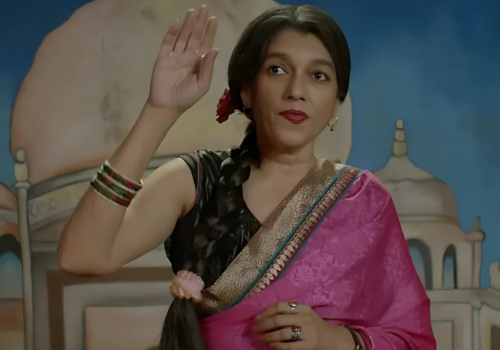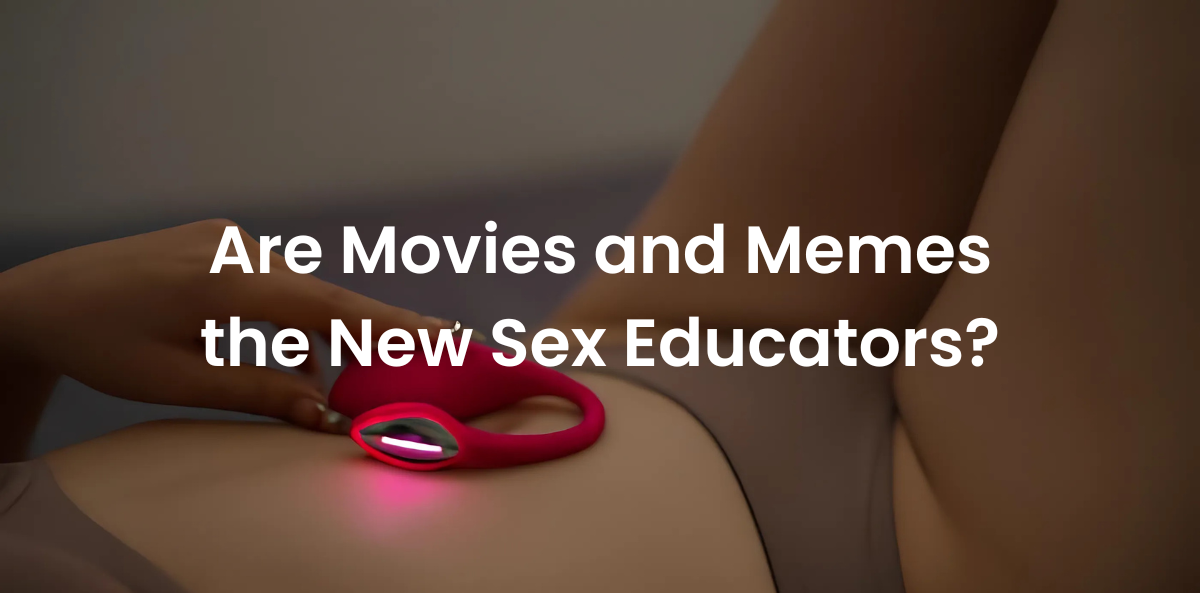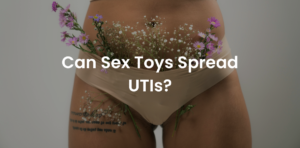The Reliability of Sex Education Through Pop Culture and Social Media in India
India has long grappled with a taboo surrounding discussions on sex and sexuality. Despite being home to one of the world’s largest youth populations, formal sex education remains conspicuously absent from most school curriculums due to cultural conservatism, stigma, and misinformation. However, young adults today are increasingly exposed to topics related to sex through pop culture, social media, films, and OTT platforms like Netflix and Amazon Prime. While this exposure is undoubtedly breaking barriers, how reliable is it as a source of information? And what role does credible sex education play in shaping healthier attitudes towards intimacy?
The Importance of Formal Sex Education in India
Sex education is not just about teaching anatomy or contraception; it equips individuals with knowledge about consent, boundaries, safe practices, gender equality, and emotional well-being. According to Dr. Tanaya Narendra, a medical doctor turned content creator who runs the popular Instagram page @dr_cuterus, “Without proper sex education, we leave young people vulnerable to myths, shame, and unsafe practices.” She emphasizes that understanding one’s body and respecting others’ autonomy can lead to healthier relationships and reduced instances of sexual violence.
In a country where teenage pregnancies, sexually transmitted infections (STIs), and honor-based crimes remain prevalent issues, access to accurate information could be life-changing. Intimacy coach, Pallavi Barnwal, highlights that “sex education isn’t just for prevention—it’s empowerment. It helps young adults make informed decisions about their bodies and lives.”
How Does Pop Culture and Social Media Fall Short?
While movies like Lust Stories , Thank You For Coming and shows like Made in Heaven have sparked conversations around female pleasure, marital dynamics, and LGBTQ+ representation, they often prioritize storytelling over factual accuracy. Similarly, social media influencers and content creators may simplify complex topics for engagement, leaving out nuances critical to real-life application.
Leeza Mangaldas, a prominent advocate for comprehensive sex education and author of The Sex Book, points out that “while pop culture opens doors, it doesn’t always provide answers. A film might depict masturbation or premarital sex but rarely addresses the underlying societal pressures or health implications.” This gap between entertainment and education leaves viewers misinformed or confused
Moreover, algorithms on social media platforms tend to amplify sensationalized content rather than evidence-based advice. Karishma Swarup, a psychologist specializing in sexual wellness, warns against relying solely on viral trends: “Just because something is trending doesn’t mean it’s true. For instance, TikTok challenges promoting unsafe sexual practices can do more harm than good if not contextualized properly.”
Progress Over the Last Decade
Despite these challenges, there has been significant progress over the past decade. Films like Lipstick Under My Burkha and series like Made in Heaven have pushed boundaries by portraying women’s desires and non-heteronormative relationships—topics once considered too controversial for mainstream audiences. OTT platforms have provided space for authentic narratives that resonate with younger generations.



Community pages like Sex Education India have also emerged as vital resources, offering science-backed insights in relatable formats. Their posts address everything from menstrual health to kink awareness, fostering open dialogues online. As noted by Seema Anand, a mythologist and educator focusing on ancient Indian erotic texts, “We’ve moved from silence to curiosity. Young Indians now seek answers actively instead of passively accepting outdated norms.”
Additionally, initiatives by organizations like YP Foundation and Love Matters India have created safe spaces for marginalized communities, including queer youth and survivors of abuse, to learn and share experiences. These efforts reflect a growing demand for inclusive, culturally sensitive sex education.
How to Identify Credible Sources
With so much information available at our fingertips, discerning credible sources becomes crucial. Here are some tips to identify trustworthy voices:
- Check Credentials : Look for experts with qualifications in medicine, psychology, or sociology. Content creators like Dr. Tanaya Narendra and Leeza Mangaldas combine academic expertise with accessible communication.
- Fact-Checking : Reliable sources cite data from reputable studies or institutions. Cross-reference claims with trusted organizations such as WHO, UNFPA, or Planned Parenthood.
- Avoid Sensationalism : If content seems exaggerated or overly provocative without substantial backing, approach it skeptically.
- Engage with Communities : Platforms like Reddit’s r/IndiaSpeaks or community-driven forums often host discussions moderated by knowledgeable individuals.
- Diverse Perspectives : Ensure the source acknowledges intersectionality—how factors like caste, class, religion, and disability intersect with sexual health.
Karishma Swarup stresses, “Misinformation spreads faster than truth. That’s why verifying facts before sharing them is essential. Bad advice can perpetuate harm, especially among vulnerable groups.”
Conclusion
While pop culture and social media have undeniably broadened the scope of conversations around sex in India, they cannot replace structured, comprehensive sex education. Movies like Lust Stories and influencers like Dr. Tanaya Narendra serve as gateways to dialogue, but they must complement—not substitute—formal learning systems. By prioritizing credible sources and advocating for inclusive curriculums, India can empower its youth to navigate intimate relationships responsibly and confidently.
As Dr. Tanaya aptly puts it, “Knowledge is power. When you know better, you do better.” Let’s hope India moves toward a future where every individual has access to accurate, respectful, and empowering sex education.




